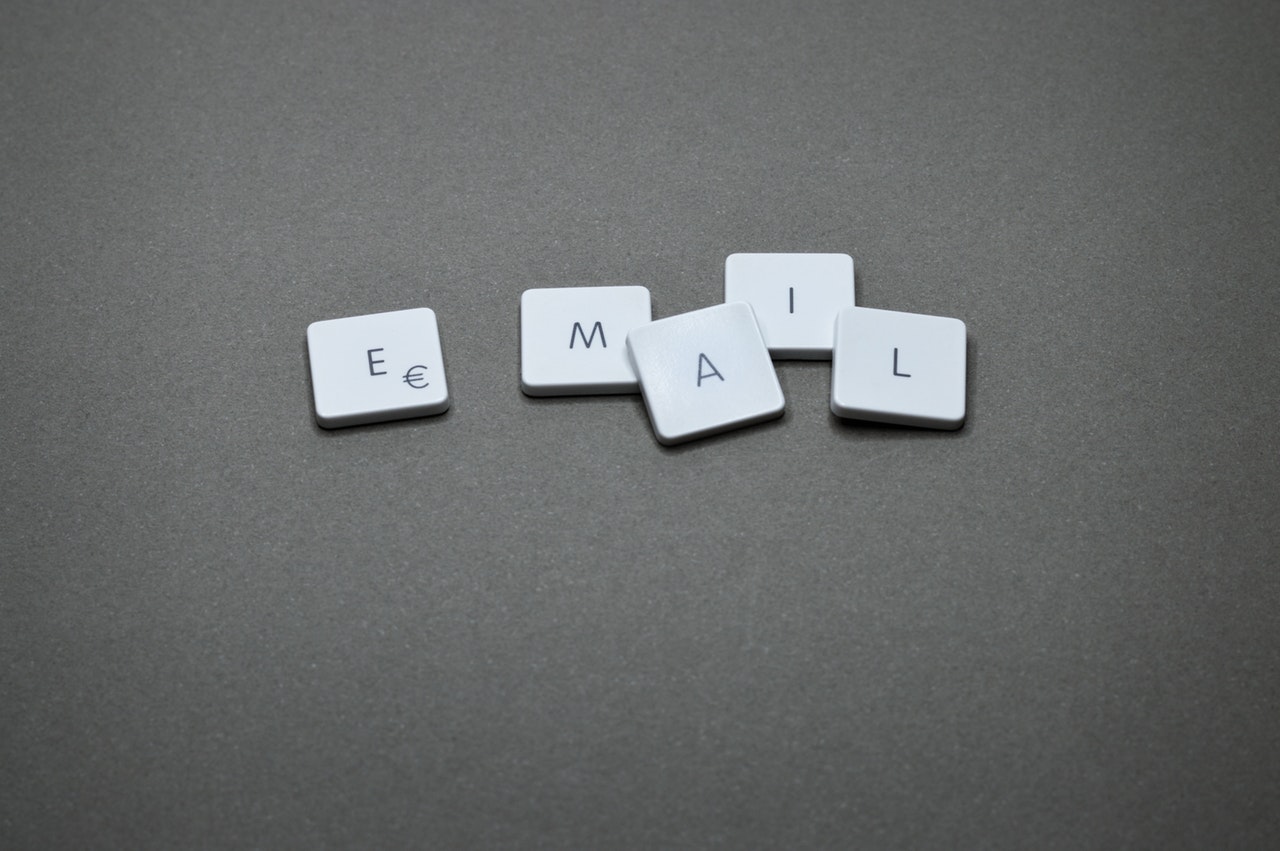Not yet segmenting your marketing emails? You’re missing out. I recently read a great post by My Emma about email segmentation, and it got me thinking. How many small business owners are actually segmenting their emails, and of those people, how many are doing it effectively?
Gone are the days that you can send generic email blasts to all of the people on your email list at once. Now, that’s simply likely to lead to those subscribers becoming unsubscribers. Instead, subscribers expect a highly personalized experience with the brands they choose to shop with, and they’ll simply switch to another provider if this doesn’t happen.
Fortunately, it’s now easier than ever for you to meet those expectations. With plenty of automated marketing tools on the market, you can easily segment your lists, ensuring that your subscribers feel valued and stay loyal. Of course, this all depends on the email marketing segmentation strategy you choose as well, which is why it’s well worth reading the post about email marketing segmentation by My Emma.
Email marketing is changing all the time, and businesses that don’t keep up will quickly be left behind. Do yourself and your business a favor and get up to spend with email segmentation ASAP.

Here is an article about 7 segmentation tips to improve your email results:
Segmentation is more than just a buzzword when it comes to email marketing—it’s absolutely crucial for your success.
Not only do you need to choose the correct market segments for your niche, but you must also know when to engage them.
In order to determine what time is best, you’ll need to tap into your customers’ interests and behaviors to develop meaningful relationships and provide authentic interaction.
And that will take you full circle back to segmentation—the key to boosting the results of your email marketing campaign.
Now that you understand the importance of segmentation, let’s look at some simple and creative ways to incorporate it into your next campaign.
7 next-level tips for segmentation
Whether you realize it or not, you already have a target audience. They’re the people you imagine receiving your emails, buying your products, and keeping up with your brand. No matter how big or small, they are your target audience.
Now, you need to break that audience down even further into a series of mini-niches that will help you get the right message to the right audience at exactly the right time.
This, of course, can give help elevate your email marketing campaign into a personalized effort to help your customers find products and services relevant to their lifestyle.
The more relevant you can make your offers, content, and marketing — the more likely you are to convert browsers into buyers.
Here’s how to take your email marketing campaign to the next level using segmentation:
1. Start fresh.
You need a pristine database to do the best job of segmenting your audience. This tip is our first one because it’s that important. Don’t skip it!
Your database is your email marketing campaign’s foundation, and a good database requires work to keep it functioning effectively.
For the most powerful and accurate segmentation results, you’ll need to check your unsubscribes and your low contact engagement lists and scrub them at least once a month.
If you’re in between scrubbings and your bounce rate climbs higher that about 3%-5%, that’s a good time to jump in and do a little maintenance.
This will ensure you’re not wasting time contacting ineligible customers or irritating people who don’t want your emails and are flagging your emails as spam.
2. Let your customers choose their own niche.
Once you have a solid, clean database of customers, you can easily sort them into groups by just asking them.
Better than “guessing” preferences by using demographic or other data, asking customers outright how they’d like to move forward is a no-brainer.
If you couple this email survey with a personalized profile they can access on your site, they can adjust the frequency of contact up or down, as needed.
And that kind of autonomy can help keep your emails out of the spam folder and in the inbox, where you want them.
3. Move from demographics-based to needs-based segmentation.
Focusing on details like traditional demographics often leads to money spent chasing the wrong data.
In fact, an article for Harvard Business Review breaks down the problem with using data in this way into one brilliant nugget of truth: correlation doesn’t equal causality.
It can be more beneficial long-term to uncover audience touch points. This email example, from Lonely Planet, show you one way to accomplish this.


